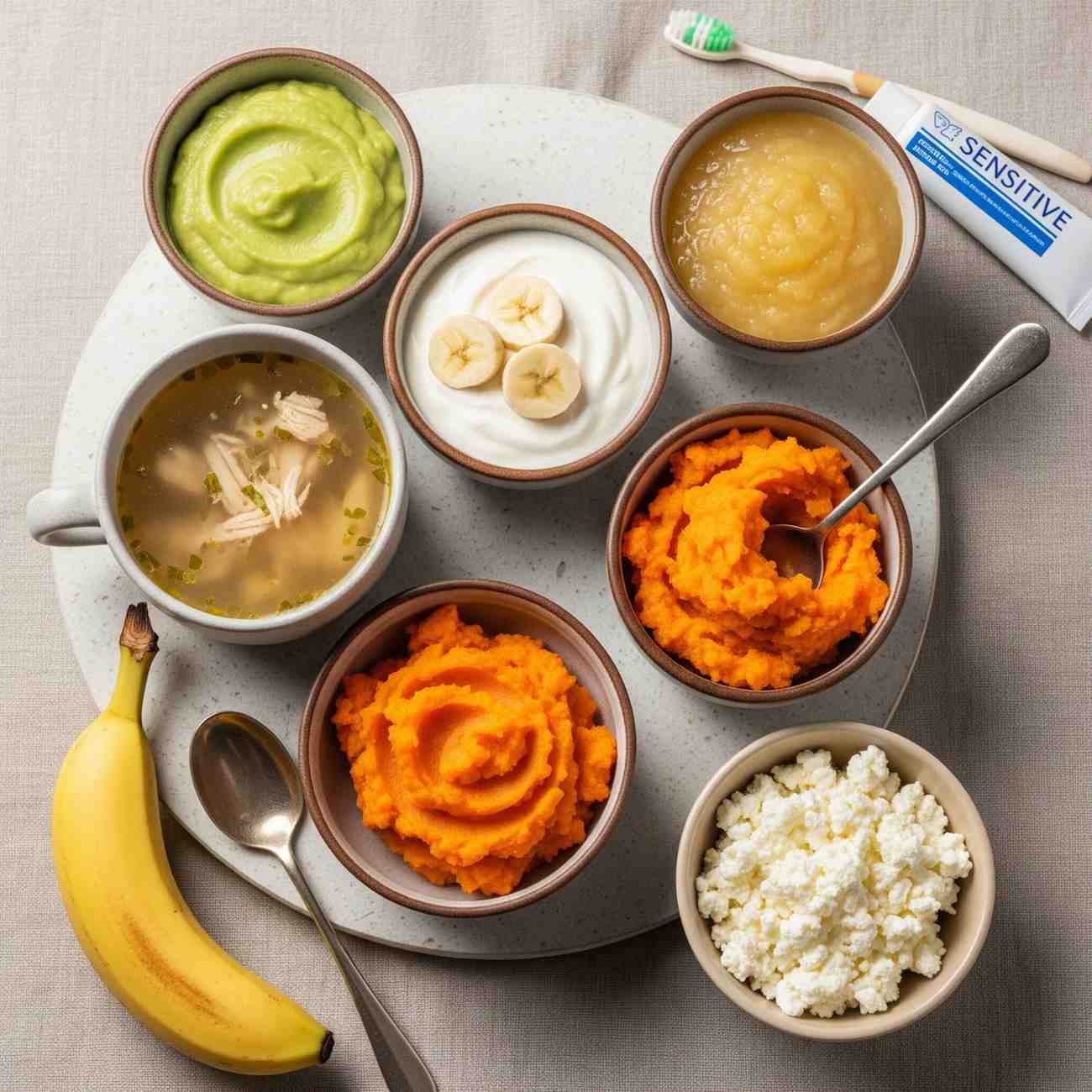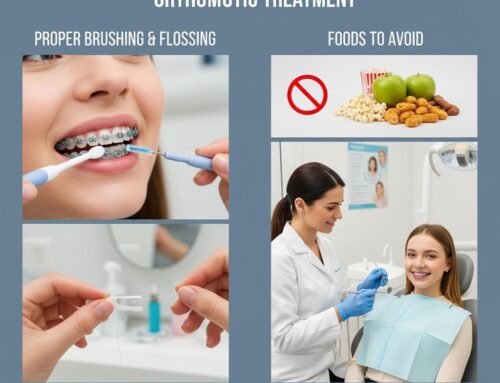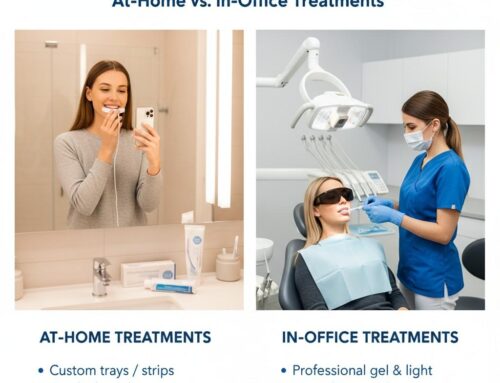Undergoing a tooth extraction—whether it’s due to decay, crowding, or wisdom teeth removal—marks the start of a short but important recovery period. One of the most crucial factors in how quickly and comfortably you heal is what you eat and drink. The right nutrition can help reduce inflammation, prevent infection, and encourage tissue repair. On the other hand, the wrong foods can delay healing, cause pain, and even lead to complications like dry socket.
At Central Oakville Dental Care, we believe that post-procedure care is just as important as the treatment itself. Let’s look at the best and worst foods for your recovery after a tooth extraction.
Why Nutrition Matters After Tooth Extraction
Your body’s ability to heal depends on a steady supply of nutrients. After an extraction:
- Protein helps repair tissues and produce new cells.
- Vitamins and minerals (especially Vitamin C, Vitamin A, calcium, and zinc) strengthen gums and bone.
- Hydration keeps tissues healthy and helps flush out bacteria.
Eating soft, nourishing foods reduces strain on your healing site while giving your body the tools it needs to recover.
What to Eat for Fast Healing
-
Soft Proteins
Protein supports tissue regeneration and strengthens your immune system.
- Examples: Scrambled eggs, Greek yogurt, cottage cheese, protein shakes, well-cooked lentils.
- Tip: Choose smooth textures that require minimal chewing to avoid disturbing the extraction site.
-
Creamy Soups and Broths
Soups are easy to swallow and provide warmth and comfort.
- Examples: Butternut squash soup, chicken broth, tomato soup (cooled to warm, not hot).
- Tip: Avoid soups with large chunks of meat or vegetables that require chewing.
-
Mashed or Puréed Fruits and Vegetables
Packed with vitamins and antioxidants, these foods help your body fight inflammation.
- Examples: Mashed sweet potatoes, avocado, applesauce, banana purée.
- Tip: Avoid acidic fruits like oranges or pineapples in the first few days, as they can cause stinging.
-
Smoothies
Blended smoothies are an easy way to pack in nutrients without chewing.
- Examples: Banana, yogurt, and peanut butter smoothie; spinach, mango, and almond milk smoothie.
- Tip: Skip straws—sucking can dislodge the clot and cause dry socket.
-
Oatmeal or Cream of Wheat
Gentle on the mouth and rich in fiber, these are good options after the first day.
- Tip: Make sure it’s lukewarm, as hot foods can increase bleeding.
-
Ice Cream and Sorbet (in Moderation)
Cold treats can soothe swelling and numb discomfort.
- Tip: Avoid crunchy toppings like nuts or cookies, and choose smooth varieties.
Foods and Drinks to Avoid
Eating the wrong things can irritate your healing gums or even lead to infection. Here’s what to steer clear of:
-
Crunchy or Hard Foods
Chips, nuts, popcorn, raw carrots, and crusty bread can get lodged in the extraction site or cut delicate tissues.
-
Sticky or Chewy Foods
Gum, toffee, and sticky candies can pull on the healing area and increase discomfort.
-
Spicy Foods
Hot spices can cause irritation and increase sensitivity in your mouth.
-
Acidic Foods and Drinks
Citrus fruits, vinegar-based dressings, and carbonated sodas can sting and slow healing.
-
Alcohol
Alcohol can delay healing, dry out tissues, and interfere with prescribed medications.
-
Very Hot Foods and Drinks
Excess heat can increase bleeding and swelling, especially in the first 24 hours.
-
Using Straws
While not a food, this is worth repeating—avoid straws for at least a week. The suction can dislodge the blood clot and lead to dry socket, a painful complication.
Extra Tips for a Smooth Recovery
- Stay hydrated: Drink plenty of water, but sip gently.
- Eat small meals: Several small meals are easier on your mouth than three large ones.
- Follow your dentist’s instructions: Every mouth is different, so follow the personalized care guidelines provided after your procedure.
- Gradually reintroduce solid foods: As your comfort improves, slowly add more variety and texture to your diet.
The Bottom Line
Nutrition plays a huge role in your recovery after a tooth extraction. By choosing soft, nutrient-rich foods and avoiding anything that could irritate or harm your healing gums, you’ll set yourself up for a faster, more comfortable recovery.
At Central Oakville Dental Care, our priority is your comfort and health before, during, and after treatment. If you have questions about what to eat—or if something doesn’t feel right during your healing—don’t hesitate to contact our team. We’re here to guide you every step of the way toward a healthier smile.





